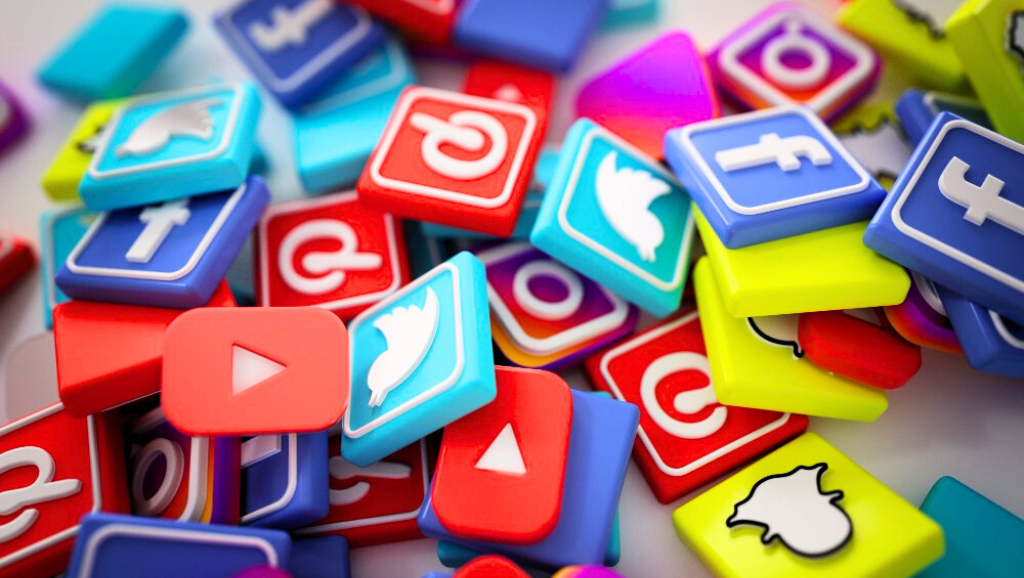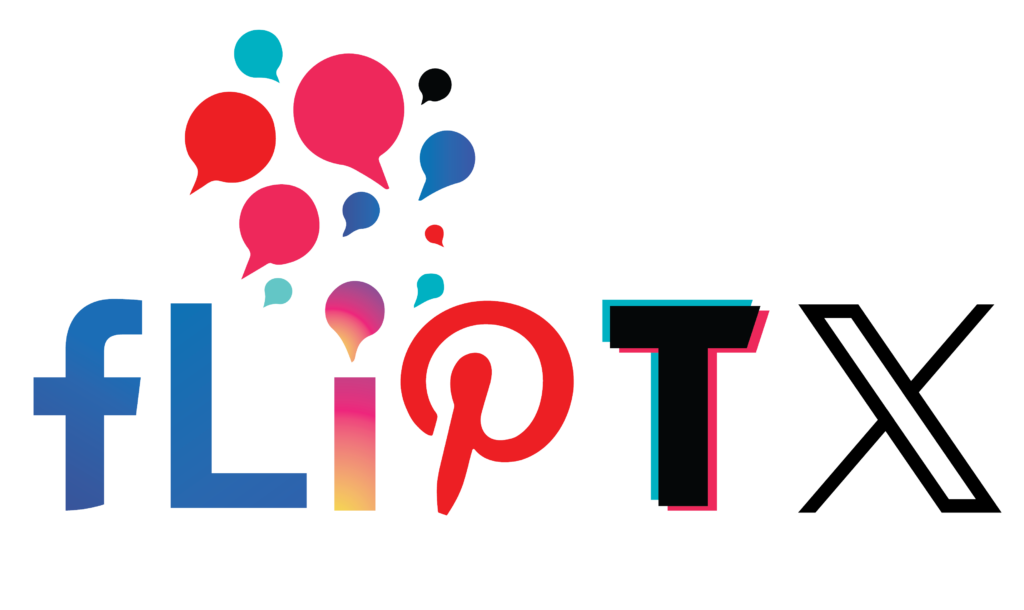
What are some tips for scheduling social media posts?
Scheduling social media posts is an effective way to maintain a consistent online presence, save time, and engage with your audience strategically. Here are some essential tips for scheduling social media posts: 1. Know Your Audience’s Peak Times Each social media platform has optimal times when your audience is most active. Use the analytics tools available within social media management platforms (like Facebook Insights or Instagram Analytics) to determine when your audience is online. This helps you schedule posts for maximum engagement. 2. Use a Social Media Calendar A social media content calendar helps you plan and organize your posts in advance. By mapping out your content weekly or monthly, you can ensure that you cover a variety of topics, maintain consistency, and align posts with specific campaigns or events (e.g., product launches, holidays). 3. Maintain Consistency in Posting Consistency is key for social media success. Scheduling posts ensures that you maintain a regular presence even when you’re busy with other tasks. Aim for a posting frequency that suits each platform: 4. Diversify Your Content Types Make sure your scheduled posts include a variety of content types, such as images, videos, polls, articles, infographics, and user-generated content. Diversifying your content keeps your audience engaged and offers different ways for them to interact with your brand. 5. Align Posts with Upcoming Events Whether it’s a product launch, holiday campaign, or industry event, make sure you schedule posts around these important dates. Tailoring your content to these events ensures relevancy and can help you ride the wave of trending topics. 6. Monitor Your Scheduled Content Even though scheduling tools allow you to set and forget, it’s important to monitor your scheduled content in real-time. Unexpected events or shifts in trends can make a pre-scheduled post feel out of touch or insensitive. Stay aware of what’s happening so you can adjust or reschedule posts if necessary. 7. Reuse Evergreen Content Evergreen content (content that remains relevant over time) can be reused in your scheduling strategy to fill content gaps. For example, how-to guides, blog posts, and tutorials that continue to provide value can be reshared at different times. 8. Leverage Hashtags and Keywords When scheduling posts, include relevant hashtags (especially for platforms like Instagram and Twitter) and keywords that increase visibility. Use popular hashtags but also research niche ones that are specific to your industry. 9. Engage with Your Audience in Real Time While scheduling ensures that content goes out consistently, don’t forget to engage with your audience in real-time. Scheduled posts can initiate conversations, but it’s essential to monitor and respond to comments, questions, and messages promptly. 10. Tailor Content for Each Platform Each platform has its unique style, audience, and expectations. When scheduling posts, tailor the content according to the platform’s best practices. For example, LinkedIn may require a more professional tone, while Instagram can have a more casual and visual focus. 11. Use Analytics to Refine Your Strategy Regularly review the performance of your scheduled posts using platform analytics or third-party tools. Pay attention to which types of content perform best, what time of day receives the highest engagement, and which platforms drive the most traffic. 12. Test and Optimize Your Schedule Don’t assume that one posting time works for all platforms or all audiences. Experiment with different posting times, content formats, and frequencies to find out what works best for your audience. Regular testing will help you optimize your scheduling strategy. 13. Incorporate User-Generated Content User-generated content (UGC) is a powerful way to build trust and engage your community. Include UGC in your scheduling strategy by reposting customer photos, testimonials, or reviews. 14. Plan for Holidays and Seasonal Content Holiday-related posts tend to perform well, as people are more active and engaged during these periods. Schedule content around major holidays, seasonal events, or industry-specific occasions to stay relevant. 15. Monitor and Adjust for Trends Social media trends change rapidly, and scheduled posts might become outdated. Always stay alert to trending topics or viral challenges, and be flexible with your schedule so you can create timely, relevant posts when needed. Conclusion Scheduling social media posts is a powerful way to maintain consistency, save time, and optimize your content for peak engagement. By understanding your audience, leveraging analytics, diversifying your content, and staying flexible, you can create an effective and efficient social media scheduling strategy that helps you achieve your business goals.

